A capsule wardrobe is definitely a popular choice amongst minimalists, but they’re also a great choice for those who just want to work on their personal style, or reduce their stress while getting dressed in the morning. This post is a step-by-step guide of how to create a capsule wardrobe from scratch.
I’m guessing if you’ve landed on this blog post, you probably have some sort of idea of what a capsule wardrobe is already (if not you can read this post here), however maybe you’re stuck with how to actually create a capsule wardrobe for yourself.
I wanted to create a simple step-by-step guide that you can use to get started with creating your own capsule wardrobe today. There are a few small details to go over before we get started with the step-by-step guide.
2 different types of capsule wardrobes
Firstly, you have a choice as to whether you create seasonal capsule wardrobes (every season), or you minimise your overall wardrobe to create just one capsule wardrobe. I recommend if you’re just getting started, to start working with seasonal capsule wardrobes.
What you’re aiming for
The overall aim is to create a capsule that is versatile, and that you love wearing all of the pieces. Depending on the season, you should aim to have 20-40 pieces in your capsule, but this really shouldn’t be a strict rule. If you go above and below these numbers, it’s okay.
Things to consider before starting
Capsule wardrobes are going to look different for everyone. Our lifestyle, our age, our personal style, will all affect how many items and what kind of items we have in our wardrobe. When putting together your own capsule wardrobe, keep in mind your own lifestyle and the activities you do on a day to day basis. Although we all want to look our best all the time, functionality is very important to be content with your capsule wardrobe.
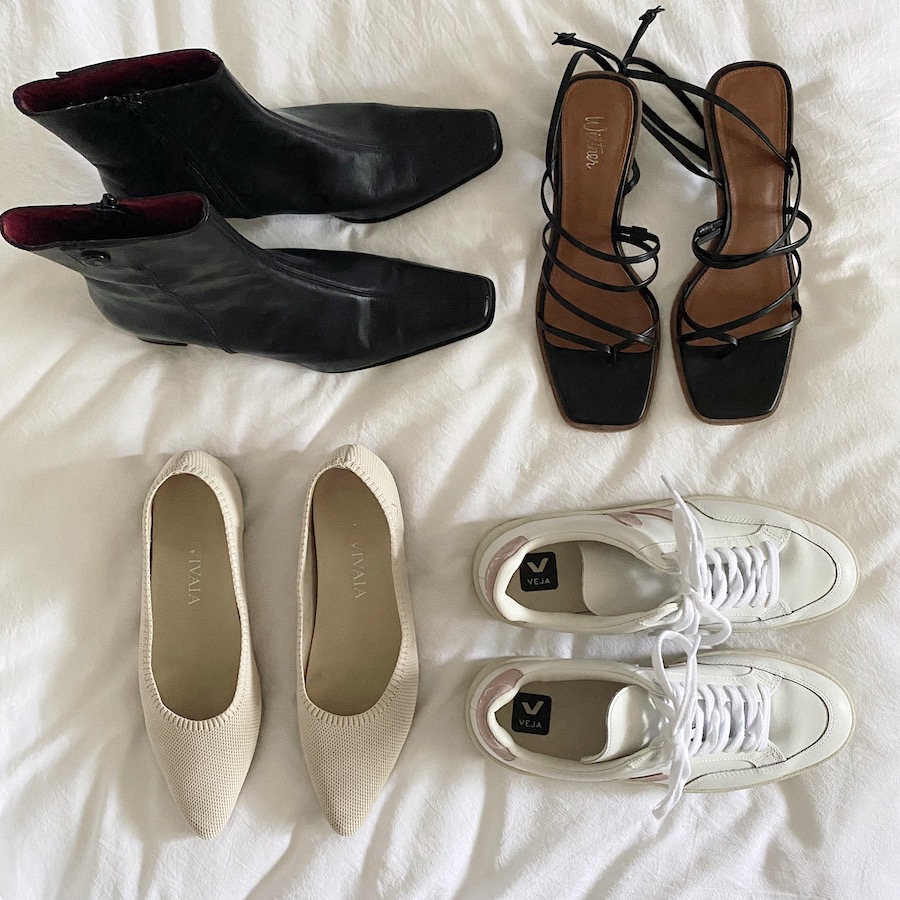
What’s NOT included in your capsule wardrobe count
Like I said earlier, the amount of items you end up with is really not important and will differ for everyone. But when counting your pieces, there are a few things that are not included in the count. There are generally styling pieces and loungewear. Here’s what’s not included:
- Accessories (Like bags, belts, jewellery, and sunglasses etc.)
- Activewear & loungewear
- Underwear, socks & thermals
- Swimwear
- Pyjamas
- Wet weather gear/snow gear – this might include gumboots (or you might call them wellies), and snow boots etc, waterproof jackets. This will really depend on your lifestyle and where you live.
- Special occasion clothing – so this includes things you don’t wear on an everyday basis. Like a cocktail dress, or ball gown! *fist pump* to anyone who goes to balls 😋
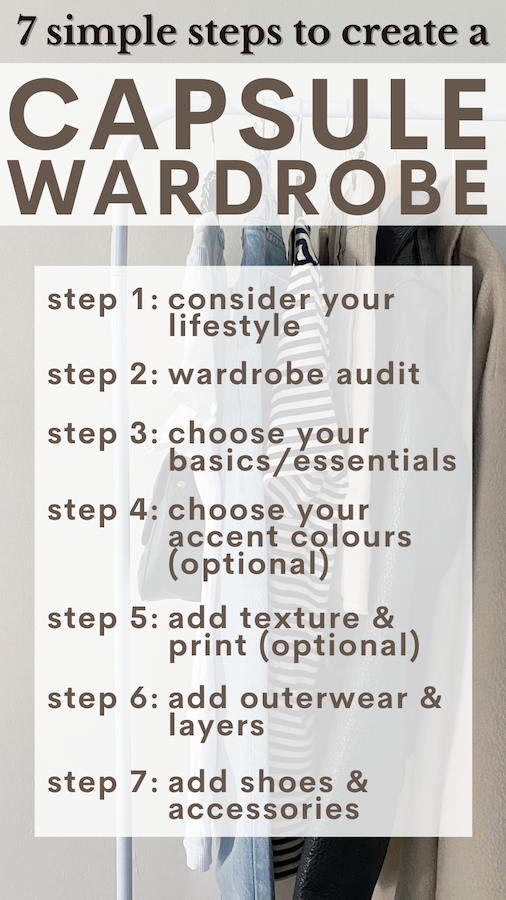
7 steps to create a capsule wardrobe
Make sure you have read the above few points before starting these 7 steps.
1. Consider your lifestyle
Grab a pen and paper and write down the type of activities you do on a day to day basis. What does your typical weekend look like? What is the weather like where you live? How often do you go out for fancy dinners? Or maybe you never go out for fancy dinners. Working out what your days usually look like will help you with the following steps in creating your capsule wardrobe.
I talk about lifestyle a lot in my fashion content, and that’s because I have personally been tripped up by it before. I also know many others who find themselves buying clothes for their fantasy lifestyle rather than their real lifestyle. This can be a huge waste in money and resources, but it can also cause your wardrobe to become confused. Like I said earlier, our capsule wardrobes need to be functional as well as pleasing to our eye.
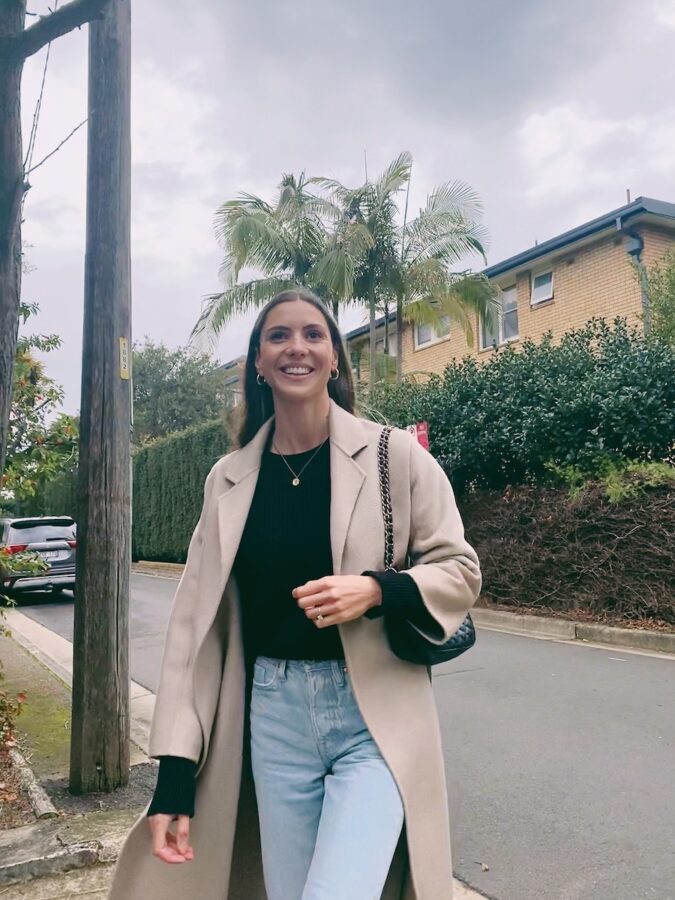
2. Wardrobe audit
Before choosing any items to add into your capsule wardrobe, it’s important to do a wardrobe audit. This is where your lifestyle notes from the previous step will first come in handy.
A wardrobe audit can be as big or as little as you want it to be. However the more time and effort you put into an audit, the more clear your capsule wardrobe path will be. The main thing you want to do in a wardrobe audit is to ask yourself questions, and answer these questions honestly.
Are there any items in your wardrobe that don’t match your lifestyle? These items can add up easily as our lifestyle changes over the years. Are there any items in your wardrobe that you love, but you never actually wear? Get down to the bottom of why you don’t wear these items. Continue auditing your least worn items and write down notes so you can learn from your audit.
If you are having trouble with your wardrobe audit, I highly recommend watching my intentional wardrobe plan YouTube video followed by my wardrobe decluttering video. I talk honestly about many of the pieces that I don’t wear and those that I decided to keep. This should help to get you inspired.
3. Choose your basics/essentials
Now, it’s time to start building your capsule wardrobe. If you have a spare clothing rail or wardrobe you can use to hang things that’s great. Otherwise you can just throw things down on the bed and we’ll sort them out later.
You want to start by choosing your basic/essential pieces to build the foundation of your wardrobe. Your basic pieces should be in neutral colours, as these will go with more items in your wardrobe (if you add a bright colour at this stage, things will get confusing). So these neutral basic pieces can be items like black trousers, white t-shirt, beige sweater, brown trousers, denim jeans.
Note: on a style note, generally speaking black and navy and usually not paired together. History says that black trousers and a navy top doesn’t go together, instead a navy top would look better with white/cream trousers or paired with navy trousers. However, it is my personal opinion that this ‘rule’ should be taken with a grain of salt. I think a very deep navy top can be paired with black trousers. And I also think that navy trousers can be worn with black accessories and shoes (see the image below for reference). I think you should proceed with whatever makes you feel most comfortable.
Like I said earlier, the numbers don’t matter too much. But for a rough guide, you can choose around 5-7 bottoms, 5-7 tops and a 5-7 dresses if you wear them (adjust these numbers depending on your style).
Before we add in some colour, look over your basic neutral pieces. Here are a few questions to ask yourself about these pieces:
- Can you match this piece with 3 other pieces?
- Does this item match your current lifestyle?
- Does it fit your personal style? (don’t worry too much if you don’t know what your personal style is yet, my content can help you with that, but you will also learn more about your personal style through working with capsule wardrobes).
- Do I love wearing this item? (does the fabric and fit feel good for me?)
4. Choose accent colours (optional)
Now it’s time to add a little colour! That is, of course, only if you want to. Some people prefer to have a completely neutral subdued wardrobe, and that is completely fine. Other choose to have a mainly neutral wardrobe and add in a few pops of muted earthy colours here and there. Others prefer to have bright colours added into their capsule. No matter what, as long as you are starting off with some basic neutral pieces, you should easily be able to add in the colour you desire. Aim to add 1-2 accent colours to your capsule wardrobe.
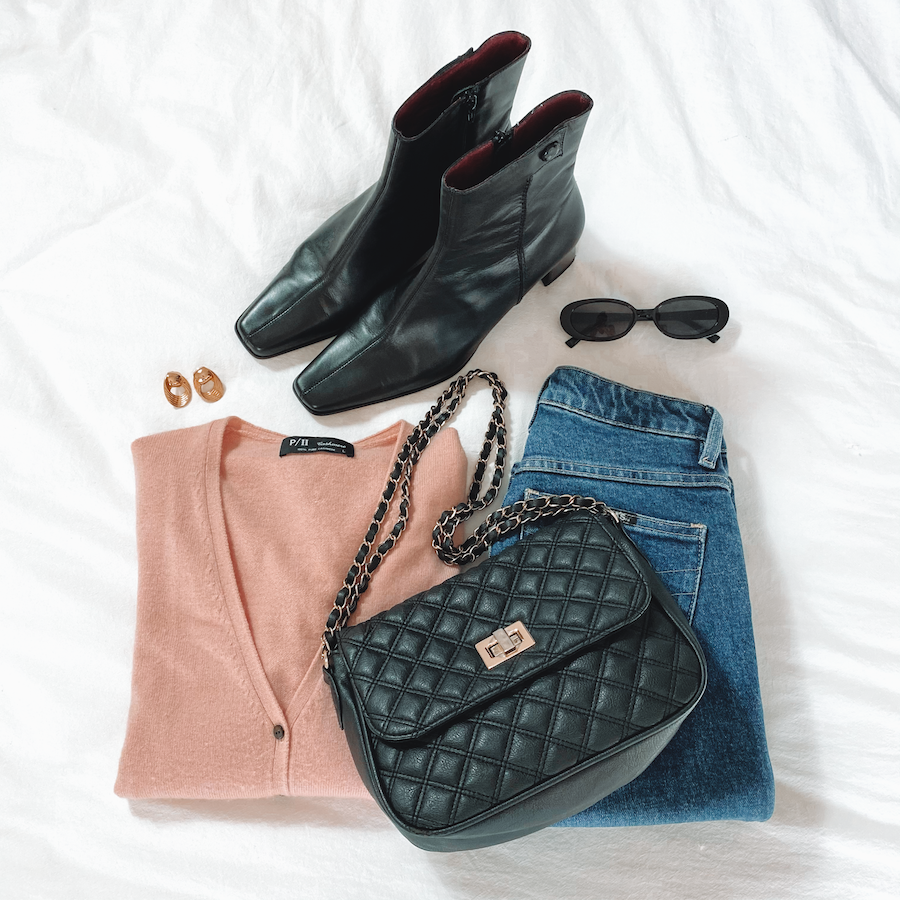
Whatever colour you add, it very much depends on your skin tone and what makes you pop. If you don’t already know what colours best work for you, this can be a trial and error learning process over time. One question to ask yourself is, is there a colourful piece in your wardrobe already that always attracts compliments from people when you wear it?
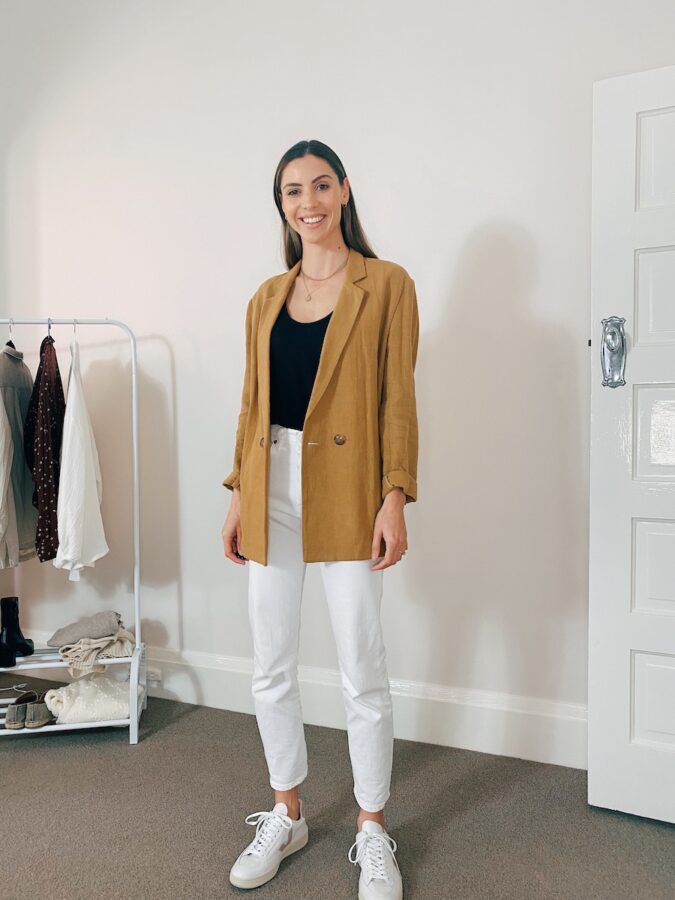
It’s worth noting that colours come in different shades and tones (see the chart below). So you may not look your best in one tone of pink, but another shade of pink makes your skin glow and you feel great. This is why trying different shades and tones of colours is important to work out what’s best for you.
When adding colourful pieces into your wardrobe, make sure each piece you add can be used in at-least 3 outfits with other items.
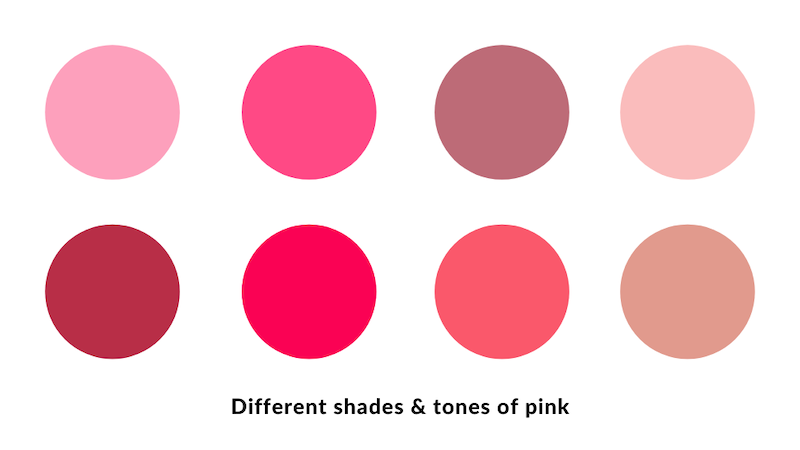
5. Add texture & prints (optional)
Once again this is optional, however it’s a step that I highly encourage because it will help bring some life into your capsule. Prints don’t have to be anything drastic, it could be as simple as a stripe t-shirt or sweater. Prints really help to add a 3D (if you will) element into a capsule wardrobe.
Texture is often overlooked. You can add texture to your capsule wardrobe in the form of fabrics. Prints can also give the illusion of texture. You could have an all black outfit, but your top and trousers are different textures and that creates separation and intrigue into your outfit.
Another example of texture is the thickness of fabrics. When I am creating a winter capsule wardrobe, I always love to have at-least one fine wool jumper and one thick wool jumper. These items give off different looks, and serve slightly different functions too.
When adding prints & texture into your wardrobe, make sure each piece you add can be used in at-least 3 outfits with other items. Therefore the colours used in these patterns should match with your accent colours and your neutral pieces.
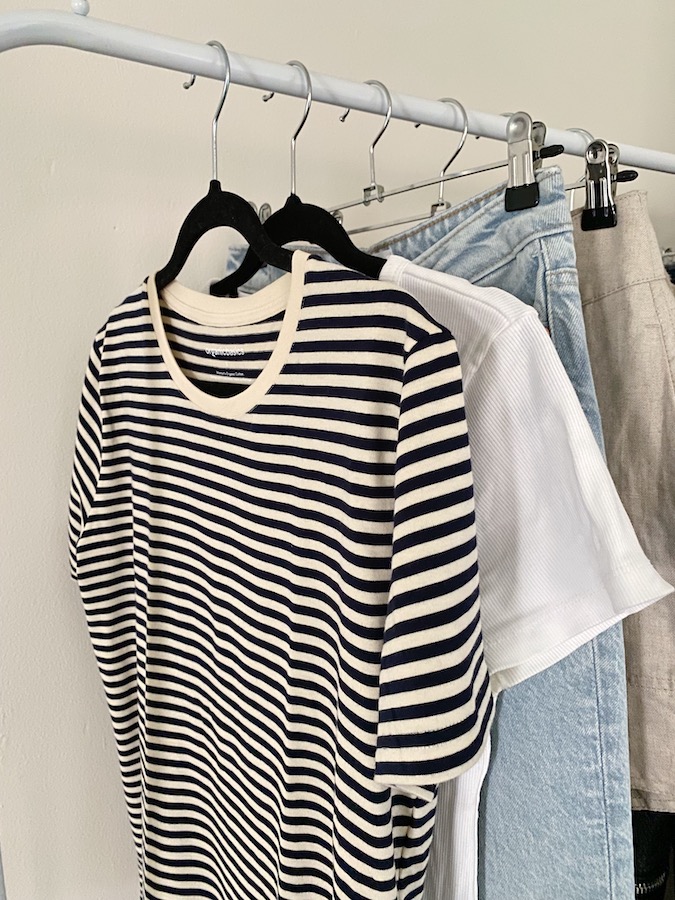
6. Add outerwear/layers
If the weather permits, it’s time to add some layers! Versatile layers may include items like a long black overcoat, a denim jacket, a beige coat, a long brown cardigan, a leather jacket etc.
Outerwear doesn’t need to be neutral, however neutral items will be more versatile depending on what capsule you have developed so far. If you have a favourite coat that has a pattern or that is colourful, then don’t be afraid to add it to your capsule wardrobe. Just make sure you ask yourself the same question as above, does it match with at-least 3 outfits in your capsule?
7. Choose your shoes & accessories
When counting your capsule wardrobe pieces, shoes are included in your overall capsule count, however accessories are not. I put these in the same step though for a reason. Matching your shoes and your bags can be a really easy way to create a cohesive outfit. For instance, having a pair of black boots and a black hand bag, can help tie an outfit together.
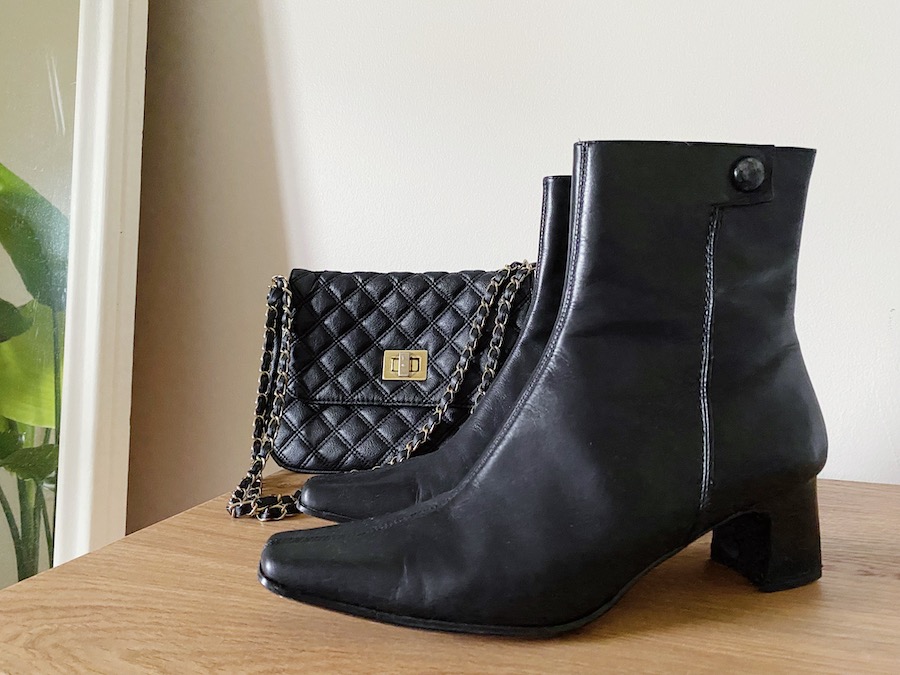
It’s not essential that the colour of your shoes and handbags match in every outfit. However, it will give you more versatility if you do have a set of shoes and handbag that match.
I find versatile shoes to be neutral block heels or flats, white sneakers, black or brown boots and a strappy sandal. Versatile handbags for me include my black over the shoulder bag which can also be a cross body bag, and my beige tote bag.
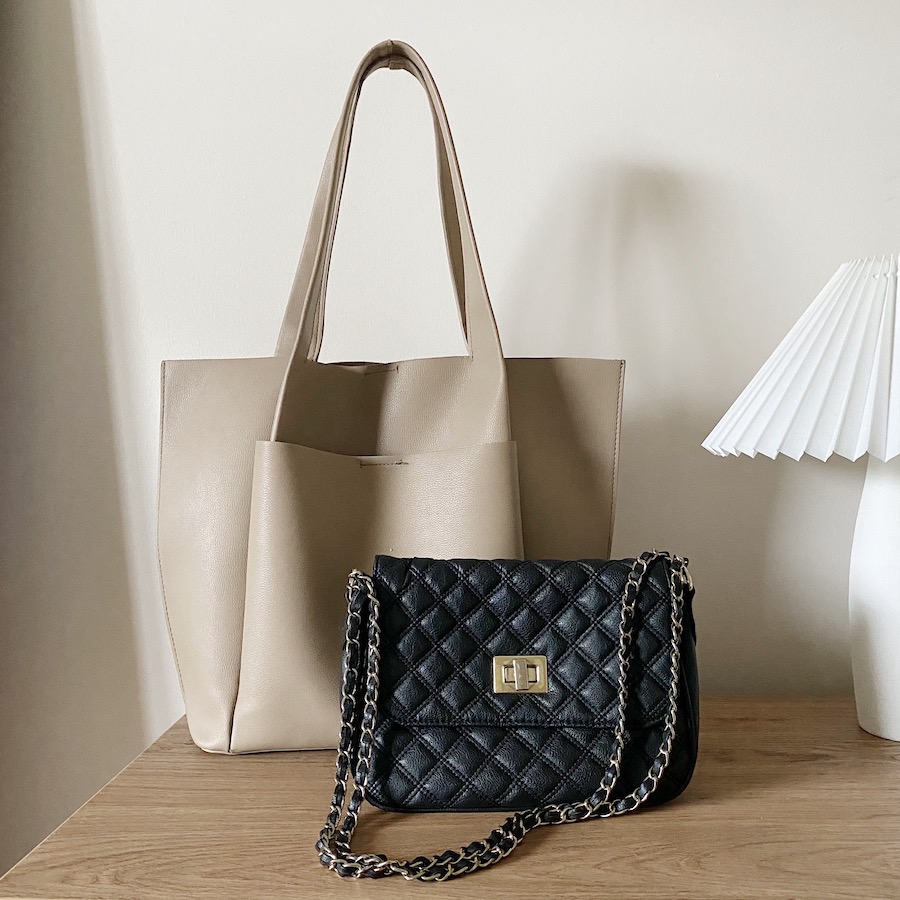
Accessories can also be a fun way to bring colour or pattern into your capsule if it’s feeling a little too dull for you. For instance, you can use scarves and tie them around hats and handbags. Or you can use colourful scrunchies if that suits your personal style. You could even bring in a pop of colour using your shoes, just once again, make sure these colourful shoes go with at least 3 outfits in your capsule.
For jewellery, I personally opt for simple minimal jewellery, but this will all depend on your personal style. So you should include what feels right for you. Maybe some statement earrings, or a statement necklace.
Don’t forget hats! Hat’s are a great way to add a little extra excitement into your capsule wardrobes.
Maintaining and learning from your capsule wardrobe
It’s all well and good creating a capsule wardrobe, but it’s vital to pay attention to what you learn from the experience, so that you can make more informed shopping and style choices in the future. A few things I have personally learned from creating my own capsule wardrobes, is that introducing colours need to be done thoughtfully and not rushed. I realised my winter wardrobe lacked prints which always made me feel like it was a little too dull (for my personal style). I’ve also learnt that I can be WAY more creative with my wardrobe if I need to be. And I found out I am big lover of wearing denim jeans.
When you create seasonal capsule wardrobes, you’ll find that sometimes a piece or two that you have added into the capsule wardrobe doesn’t get worn! This is okay. This should teach you things about that certain item. Does it match your other items in your wardrobe? Do you not reach for it for a particular reason? Get to the bottom of why this item doesn’t work, and learn from it.
Sometimes items need to be swapped out for something else. This is also okay. This is part of maintaining your capsule wardrobe.
Once you start using the capsule wardrobe you will work out whether or not it is functional for you. Then all you need to do is make small adjustments to make it work better!
To further help you create your capsule wardrobe, you can find more of my capsule wardrobe posts here or you can also watch my collection of capsule wardrobe YouTube videos to get your inspired.
Until next time,
Em xo
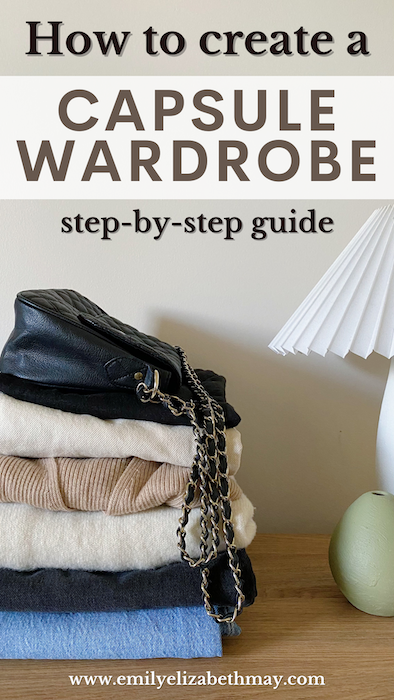
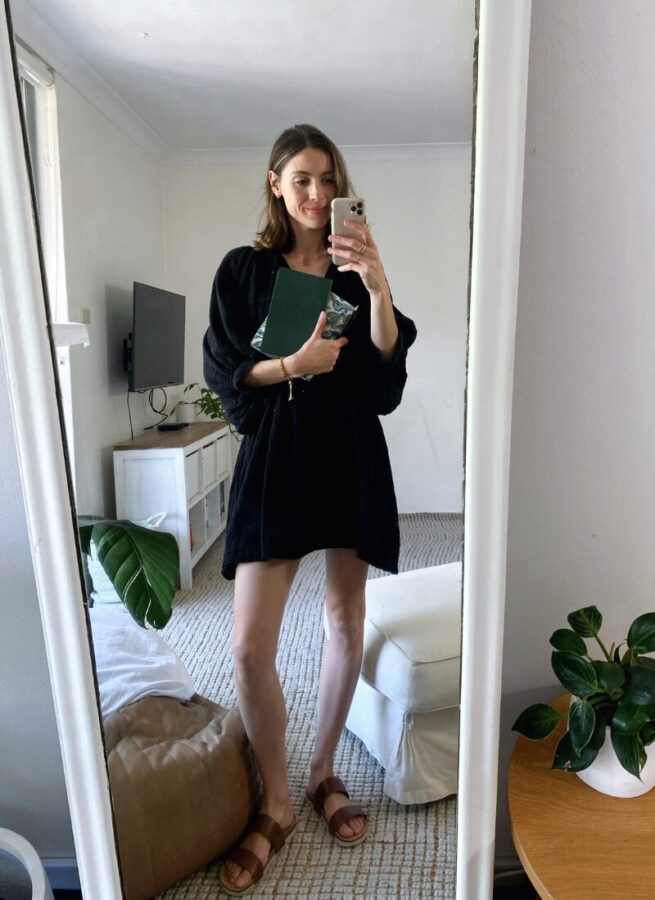
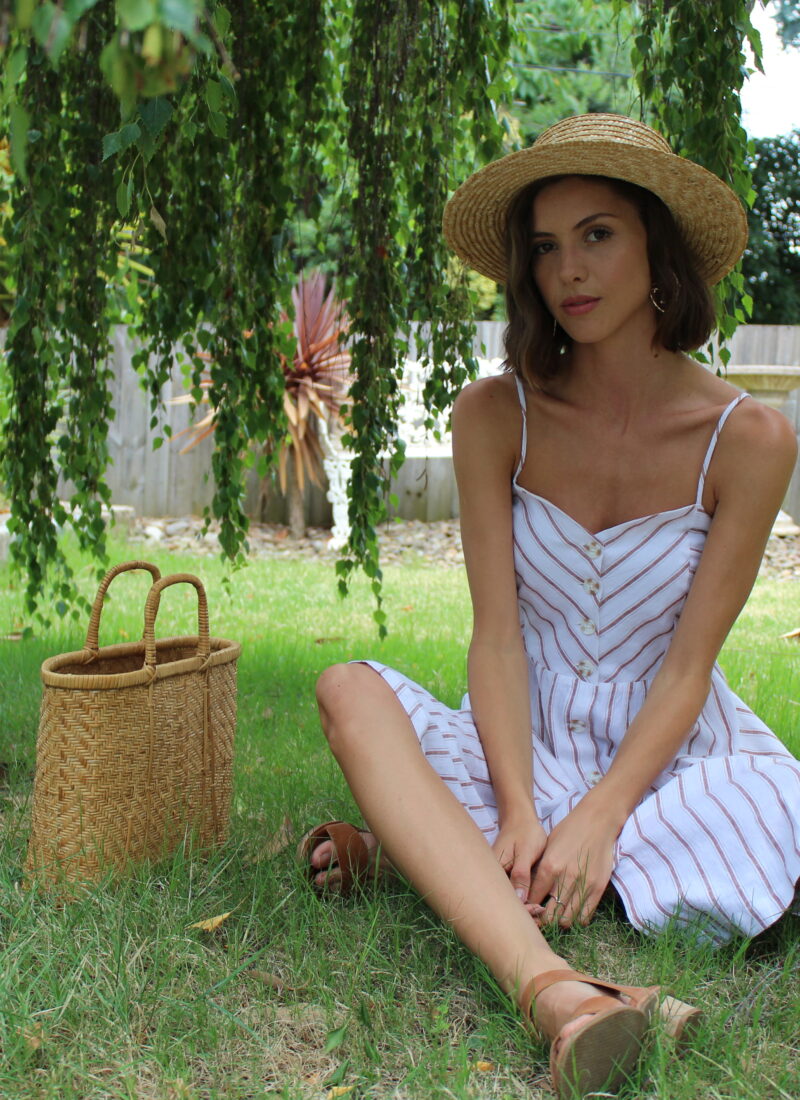
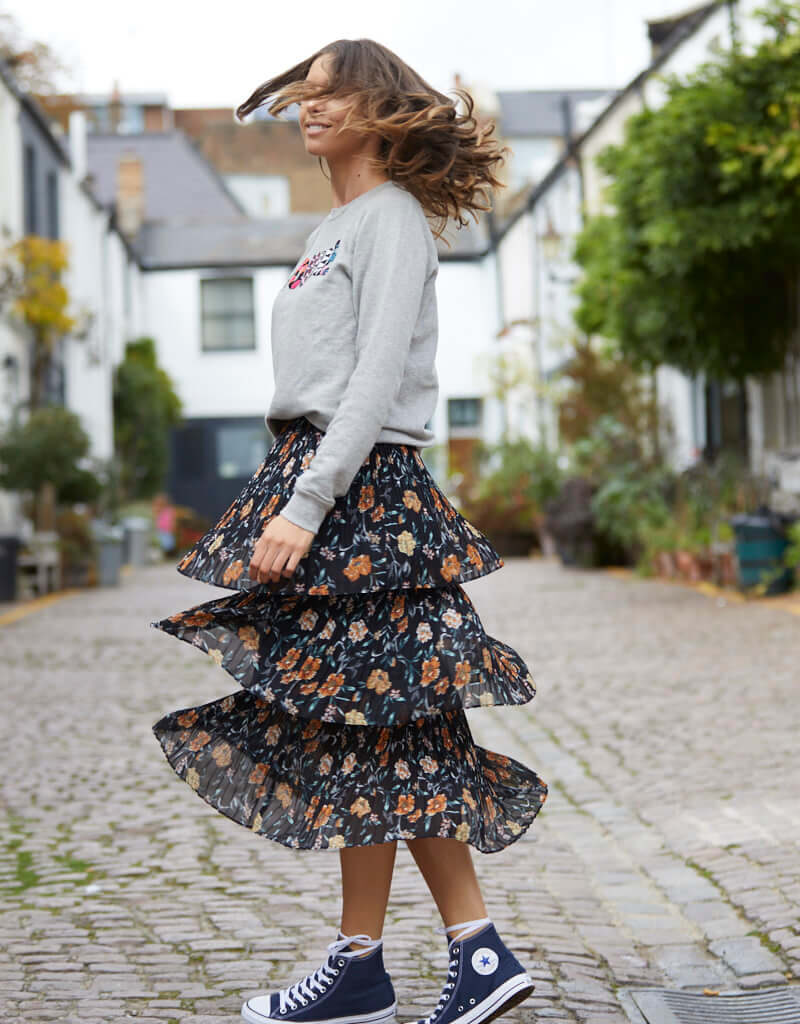
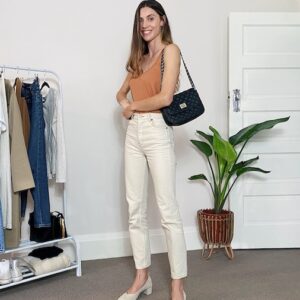
Leave a Reply